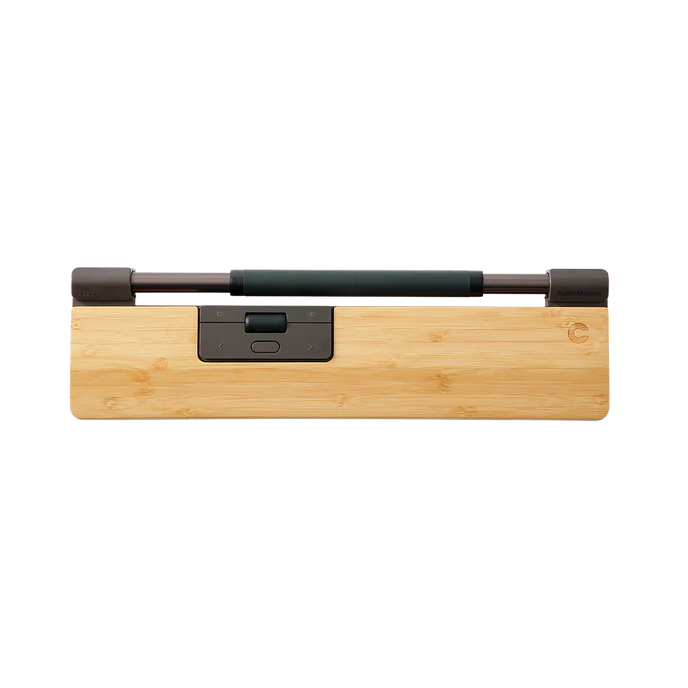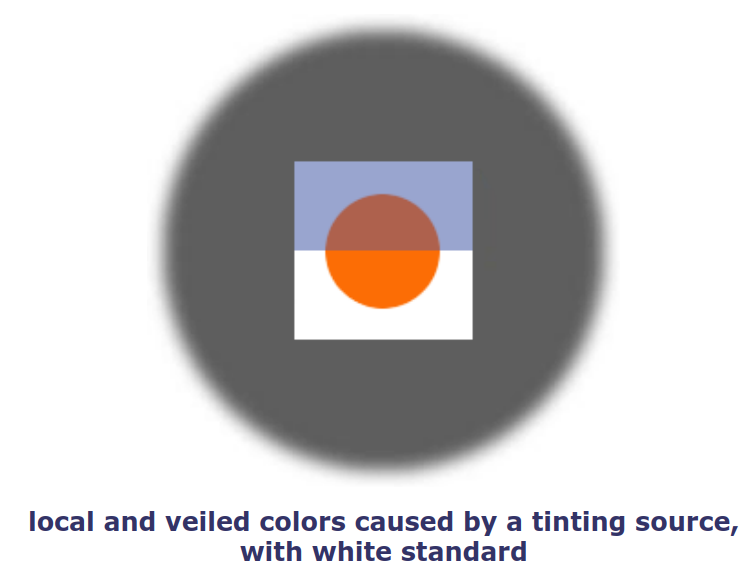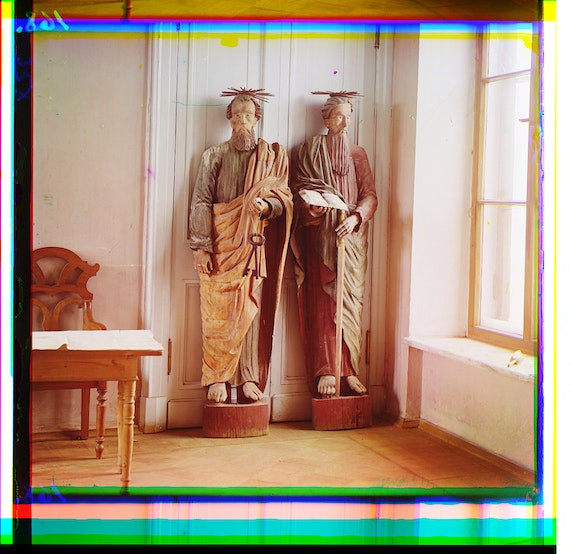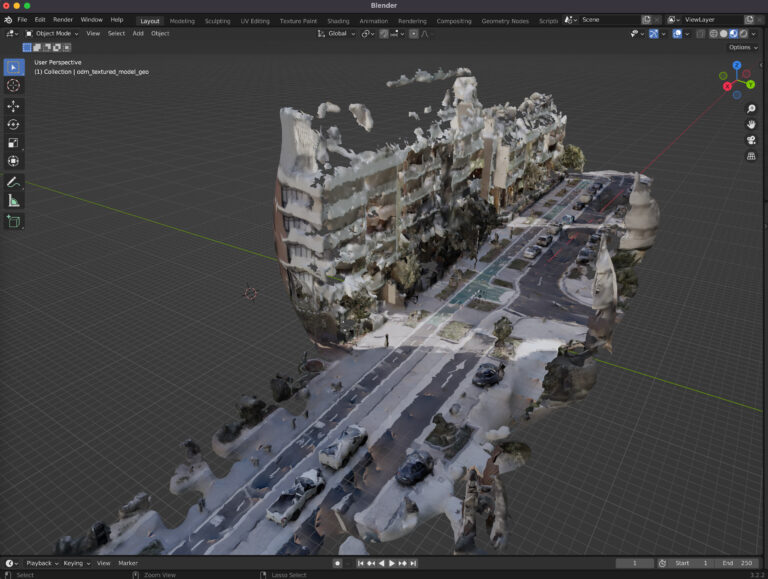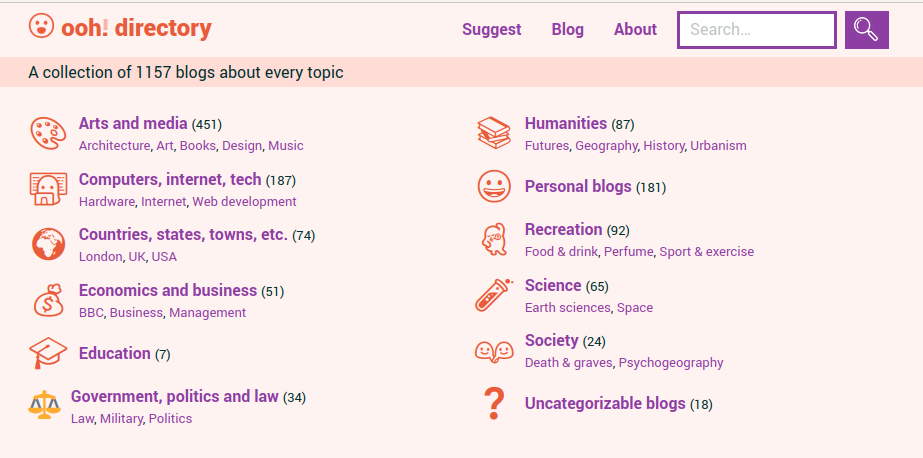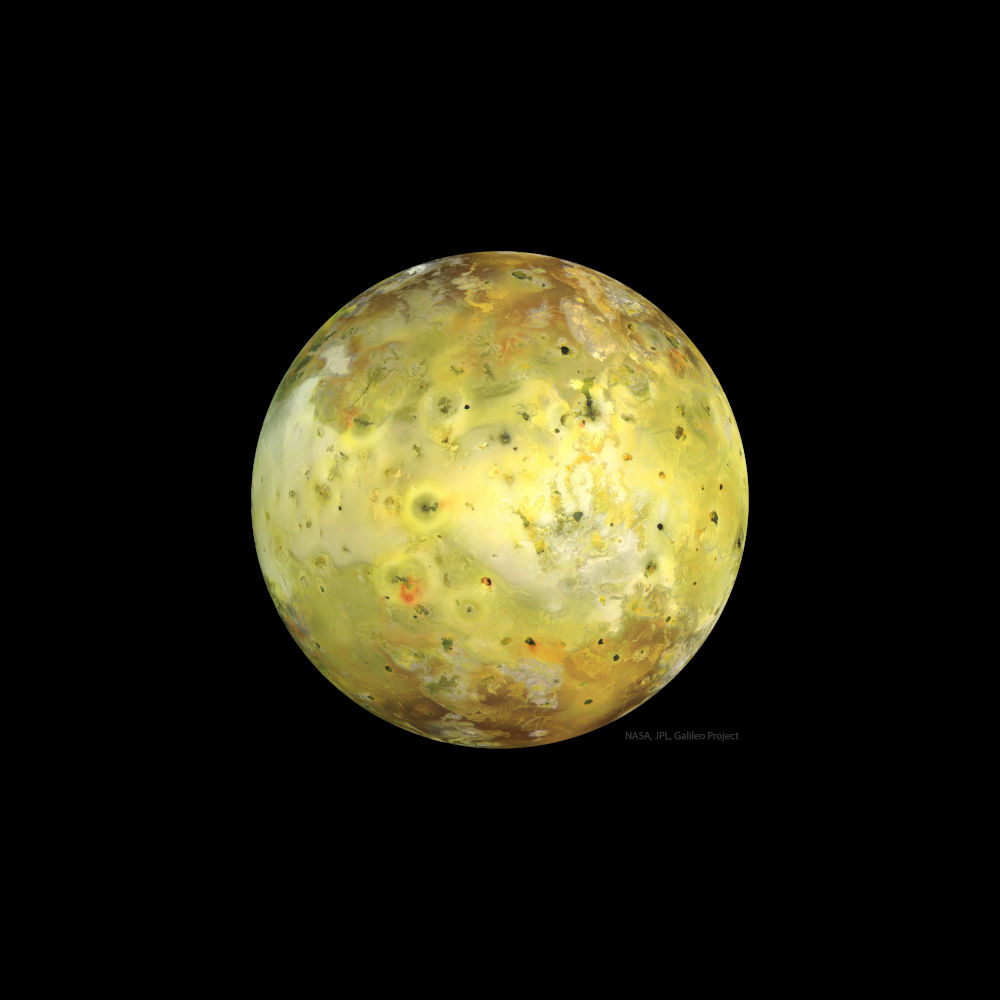Alt mice
Color vision
Huge resource on color vision by Bruce MacEvoy, from watercolors to CIELAB.
AirPlay on raspi
An open-source implementation of an AirPlay mirroring server for the Raspberry Pi. The goal is to make it run smoothly even on a Raspberry Pi Zero.
Screen mirroring and audio works for iOS 9 or newer. […]
Both audio and video work fine on a Raspberry Pi 3B+ and a Raspberry Pi Zero, though playback is a bit smoother on the 3B+.
TODO: compare to shairplay
Sergei Prokudin-Gorsky‘s RGB
Early multi-plate/multi-pass color photography, where an accurate reproduction (it’s complicated!) happens to be very beautiful (in a very post-something sense).
Photo source: Public Domain Review; Sergei Prokudin-Gorsky, untitled, ca. 1910, digital color composite by Blaise Agüera y Arcas, 2004
Streetscale photogrammetry
Creating aerial imagery with a bike helmet camera (GoPro) and OpenDroneMap
Looks promising until
Even with an EC2 instance with 124GB of RAM and 324 images at 5760 × 2180 pixels I ran out of memory
Photo source: the linked blog
Rotaboxes
Like Hexagonal pipes, Rotaboxes is a nice and simple idea, well executed, of the kind I wish I had done 🙂
Image source: screenshot of rotaboxes.com. Puzzle image from the author’s instagram.
upper_class {}
If PHP were British, a rare really funny entry in the programming humor space, Well executed. mb_splendid!
perchance (£condition) {
// Code here
} otherwise {
// Code here
}
ooh.directory
ooh.directory, a human-curated blog directory in the vein of dmoz and Yahoo.
From the rules:
Every blog must have an RSS or Atom feed.
Newsletters aren’t included. Some sites are a blog and a newsletter, with identical content, but only those which mainly seem like a blog are included.
Sounds good.
My first click was programmer cartography artist Doug McCune.
Space Celery
From NASA an interesting attempt at “True Colors”, considering how much of the impressive astro photography is technical images with “fake” colors.
The strangest moon in the Solar System is bright yellow. The featured picture, an attempt to show how Io would appear in the “true colors” perceptible to the average human eye, was taken in 1999 July by the Galileo spacecraft that orbited Jupiter from 1995 to 2003
I’ve extended the black backdrop, the super tight crop in the original (click the link & compare for yourself) seems, again, very technical.
Photo source: NASA / JPL / Galileo

